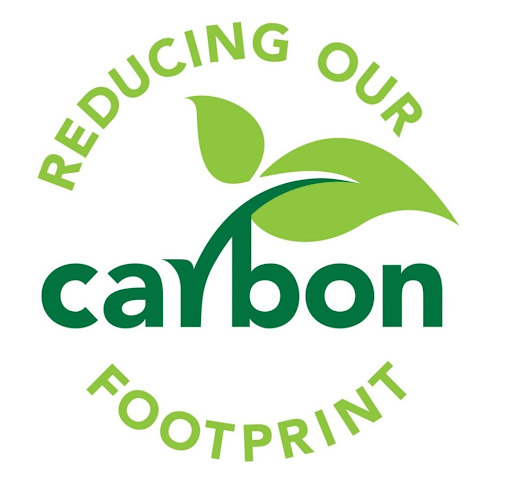
Are HMOs more energy efficient per unit of accommodation than single residential dwellings? Anecdotal evidence suggests that by optimising the use of space and sharing certain usages of energy, they are. Environmentally aware landlords might choose to switch to an electric company generating low carbon electricity from renewables like wind and solar. Electricity generation by some estimates, contributes around one quarter of carbon emissions.
I asked HMO expert, Jim Haliburton, aka HMO Daddy, to share his top tip for making HMO’s more energy efficient and thereby lowering the carbon footprint.
Jim’s number one energy saving tip is to:
Fit Metro Prepaid, digital prepay meters. These have been shown to reduce usage of electricity by up to 50%. A government study found that households using a pre-payment electricity meter, consume considerably less electricity, on average, than their estimated theoretical consumption.
90% of those with prepay meters reported having taken at least one step to reduce personal energy usage such as turning off lights when a room is empty or changing the way they use appliances. New digital prepay tokens have replaced inefficient single use paper token cards.
Additional measures promoted by energy saving experts include:
- Fit water saving shower heads and instant on demand heaters to studio en-suites. Isn’t this about saving water? Not exactly, heating water is a high energy user. By fitting a water saving showerhead, you’ll cut back on both the amount of water and energy you use.
- Remove central kitchens and rather add in-studio, kitchenettes equipped with energy efficient microwave ovens and eco-kettles.
- Limit central boilers to common areas and check the settings depending on the building a setting around 68F should work well. Install eco-friendly panel heaters to studio apartments.
- Insulate the roof and cavity walls – for more information click here.
- Install solar panels. The average PV system is costly but paybacks are becoming ever more attractive, this may be most feasible in larger HMOs.
- Fit a coin timer to shared tumble driers and set washing machines to cold wash.
- Install more energy efficient windows.
- Change light bulbs to LEDs. Lighting often accounts for 10% of a utility bill.
Iain loves having conversations with landlords, he can be contacted on 074 98 95 93 77